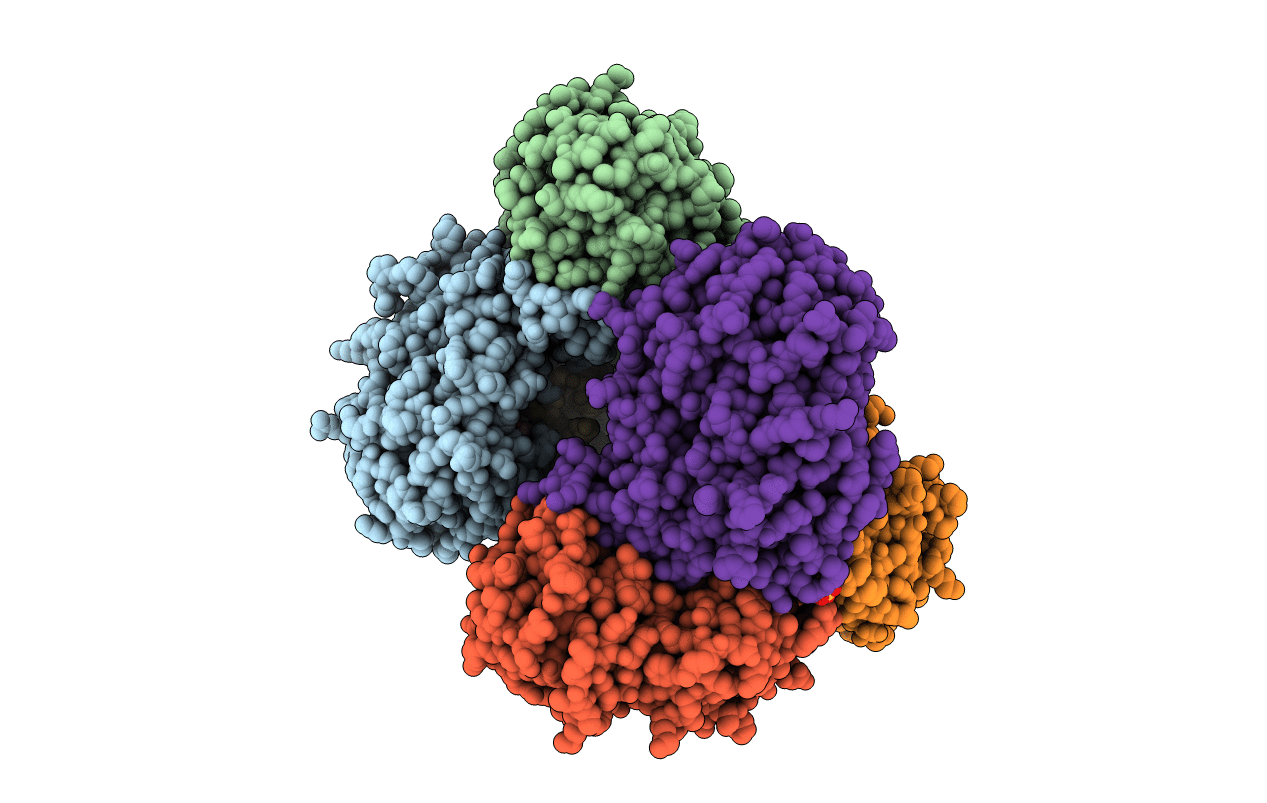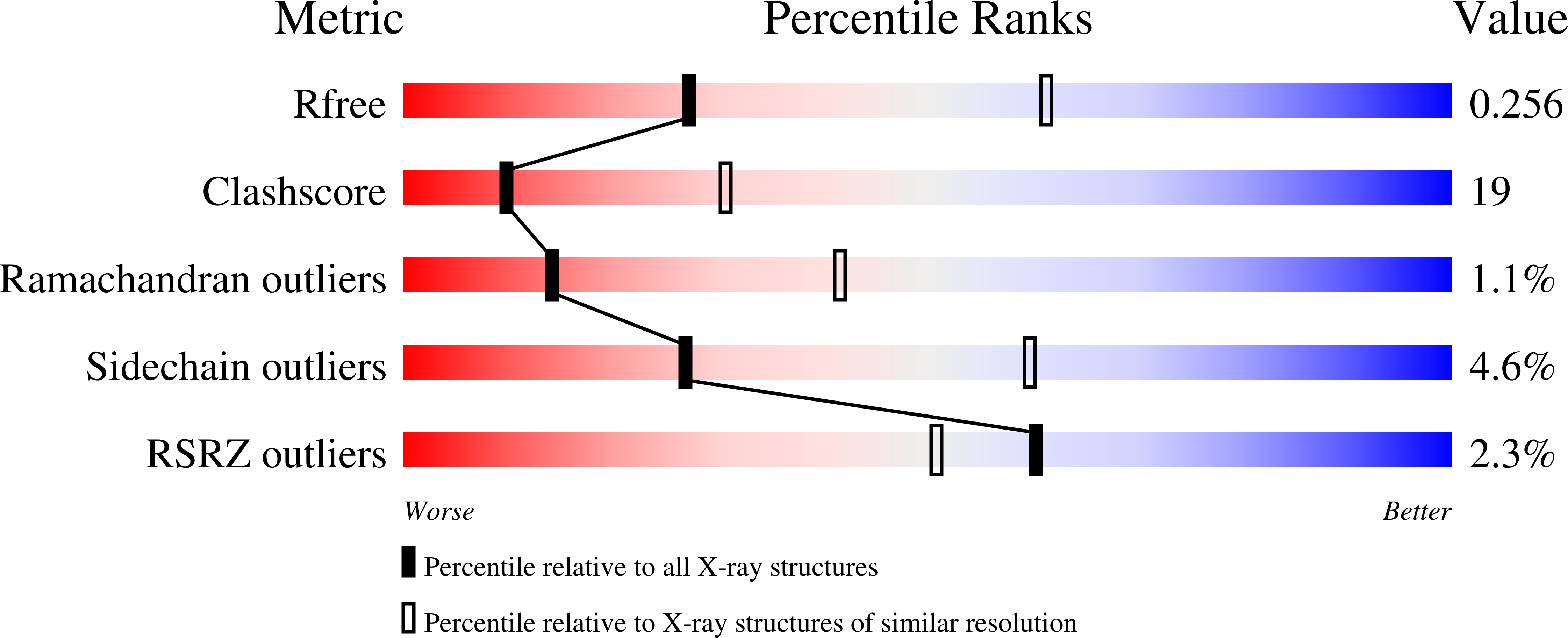
Deposition Date
2005-12-21
Release Date
2006-05-23
Last Version Date
2023-08-30
Entry Detail
PDB ID:
2FG6
Keywords:
Title:
N-succinyl-L-ornithine transcarbamylase from B. fragilis complexed with sulfate and N-succinyl-L-norvaline
Biological Source:
Source Organism:
Bacteroides fragilis (Taxon ID: 272559)
Host Organism:
Method Details:
Experimental Method:
Resolution:
2.80 Å
R-Value Free:
0.26
R-Value Work:
0.21
R-Value Observed:
0.21
Space Group:
P 43


